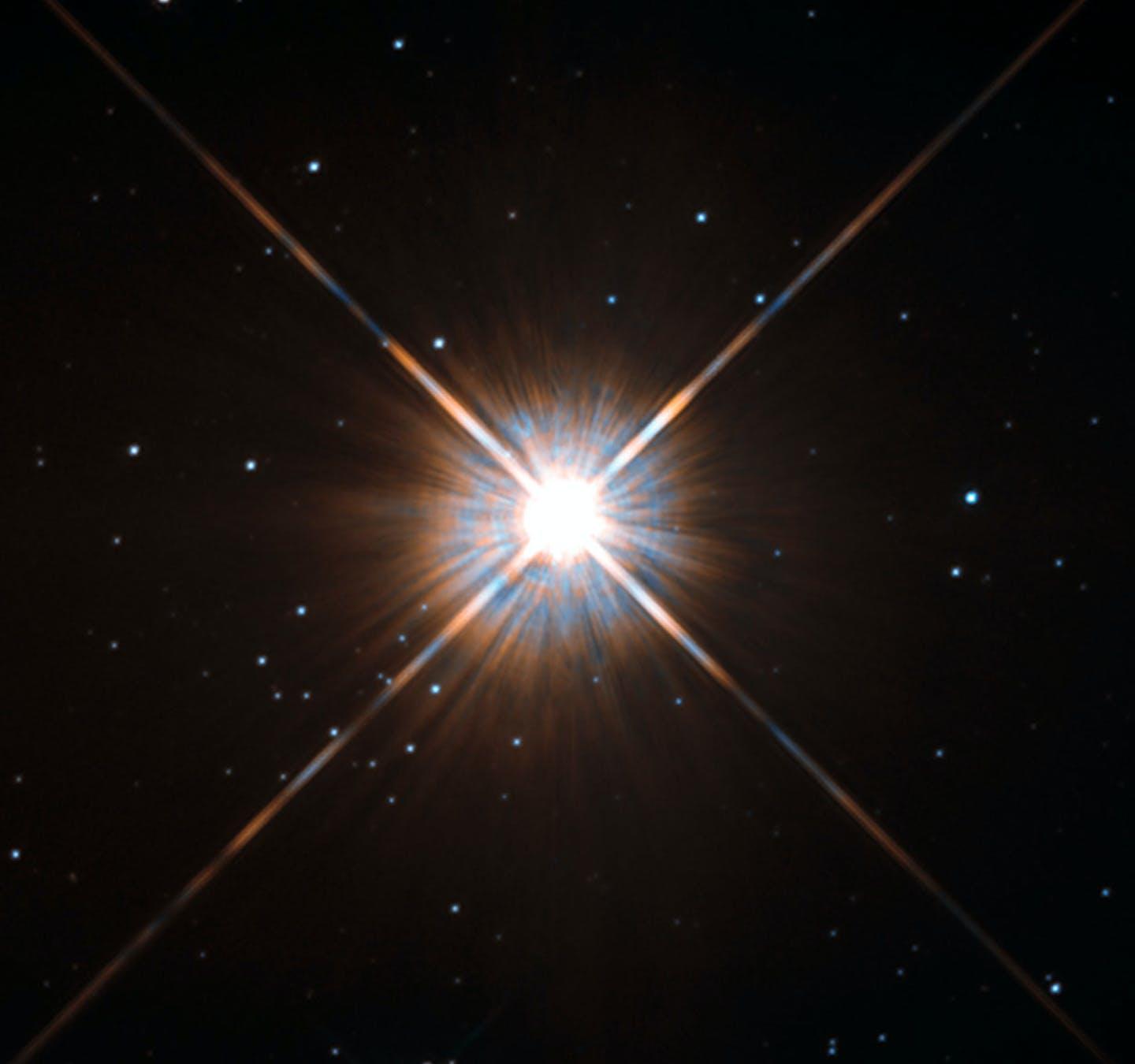
www.yahoo.com
Massive flare seen on the closest star to the solar system: What it means for chances of alien neighbors
Proxima Centauri is the closest star to the solar system and is home to a potentially habitable planet. Hubble/European Space Agency/WikimediaCommons, CC BY-SAThe Sun isn’t the only star to produce stellar flares. On April 21, 2021, a team of astronomers published new research describing the brightest flare ever measured from Proxima Centauri in ultraviolet light. To learn about this extraordinary event – and what it might mean for any life on the planets orbiting Earth’s closest neighboring star – I spoke with Parke Loyd, an astrophysicist at Arizona State University and co-author of the paper. Excerpts from our conversation are below and have been edited for length and clarity. Why were you looking at Proxima Centauri? Proxima Centauri is
Science & Tech
The Sun isn’t the only star to produce stellar flares. On April 21, 2021, a team of astronomers published new research describing the brightest flare ever measured from Proxima Centauri in ultraviolet light. To learn about this extraordinary event – and what it might mean for any life on the planets orbiting Earth’s closest neighboring star – I spoke with Parke Loyd, an astrophysicist at Arizona State University and co-author of the paper. Excerpts from our conversation are below and have been edited for length and clarity.
Why were you looking at Proxima Centauri?
Proxima Centauri is the closest star to this solar system. A couple of years ago, a team discovered that there is a planet – called Proxima b – orbiting the star. It’s just a little bit bigger than Earth, it’s probably rocky and it is in what is called the habitable zone, or the Goldilocks zone. This means that Proxima b is about the right distance from the star so that it could have liquid water on its surface.
But this star system differs from the Sun in a pretty key way. Proxima Centauri is a small star called a red dwarf – it’s around 15% of the radius of our Sun, and it’s substantially cooler. So Proxima b, in order for it to be in that Goldilocks zone, actually is a lot closer to Proxima Centauri than Earth is to the Sun.
You might think that a smaller star would be a tamer star, but that’s actually not the case at all – red dwarfs produce stellar flares a lot more frequently than the Sun does. So Proxima b, the closest planet in another solar system with a chance for having life, is subject to space weather that is a lot more violent than the space weather in Earth’s solar system.
























































